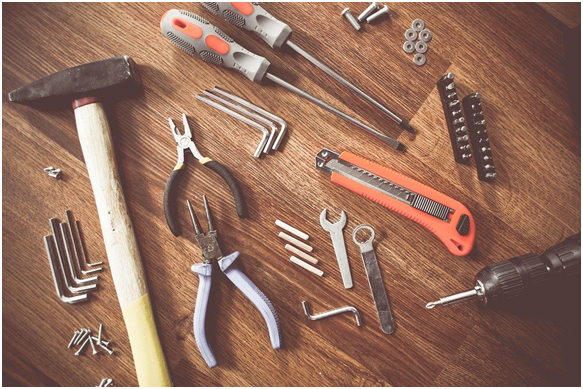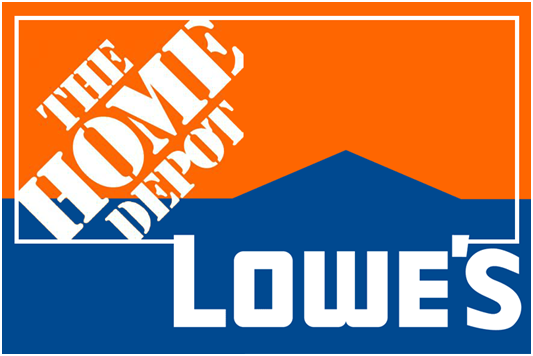
Charles R. Goulding and Preeti Sulibhavi take a handy look at 3D printing and home improvement.
3D printing service bureaus can create shop drawings, select the materials and manufacture the 3D printed products customers order. Like a machine shop, the 3D printing service bureau can wait for a customer to call or can go out and identify the market. Peter Lynch, the famed Fidelity portfolio manager, called it managing by walking around.
In America’s consumer-led economy one way to identify what homeowners want is to visit Home Depot or Lowe’s. In the current economic climate supported by a strong housing market, this retail duo is thriving. In fact, U.S. sales of tools and storage products hit an all-time high in the second quarter of this year.
Just like Coke needs Pepsi to keep the competition going, Home Depot and Lowe’s progress by continuously comparing and competing with each other. Home Depot is the largest home improvement retailer in the U.S., supplying tools, construction products, and services. Lowe’s is a large American retail company that specializes in home improvement products. Both are seeing increased foot traffic.
Simply by walking the major departments, existing and potential 3D printing opportunities are abundant. Some of the traditional departments and 3D printing applications we have covered in previous articles include:
- Tools & Hardware (Bearings, Fasteners, Gaskets, Shims, Valves, Welding, etc.)
- Bathroom & Plumbing
- Lighting & Electrical
- Adhesives
- Outdoor Living
- Kitchen & Home Appliances
- Garden Center

Research and Development tax credits are available for the eligible U.S.-based, 3D printing activities that service bureaus engage in.
The Research and Development Tax Credit
Whether it’s used for creating and testing prototypes or for final production, 3D printing is a great indicator that R&D Credit eligible activities are taking place. Companies implementing this technology at any point should consider taking advantage of R&D Tax Credits.
Enacted in 1981, the now permanent Federal Research and Development (R&D) Tax Credit allows a credit that typically ranges from 4%-7% of eligible spending for new and improved products and processes. Qualified research must meet the following four criteria:
- Must be technological in nature
- Must be a component of the taxpayer’s business
- Must represent R&D in the experimental sense and generally includes all such costs related to the development or improvement of a product or process
- Must eliminate uncertainty through a process of experimentation that considers one or more alternatives
Eligible costs include US employee wages, cost of supplies consumed in the R&D process, cost of pre-production testing, US contract research expenses, and certain costs associated with developing a patent.
On December 18, 2015, President Obama signed the PATH Act, making the R&D Tax Credit permanent. Beginning in 2016, the R&D credit has been used to offset Alternative Minimum Tax (AMT) for companies with revenue below $50MM and, startup businesses can obtain up to $250,000 per year in payroll tax cash rebates.
Conclusion
Currently, the home improvement retail market is experiencing unprecedented growth. The two-store duopoly is essentially a live 3D printing product trade show and one of the only live trade shows currently available for viewing.
